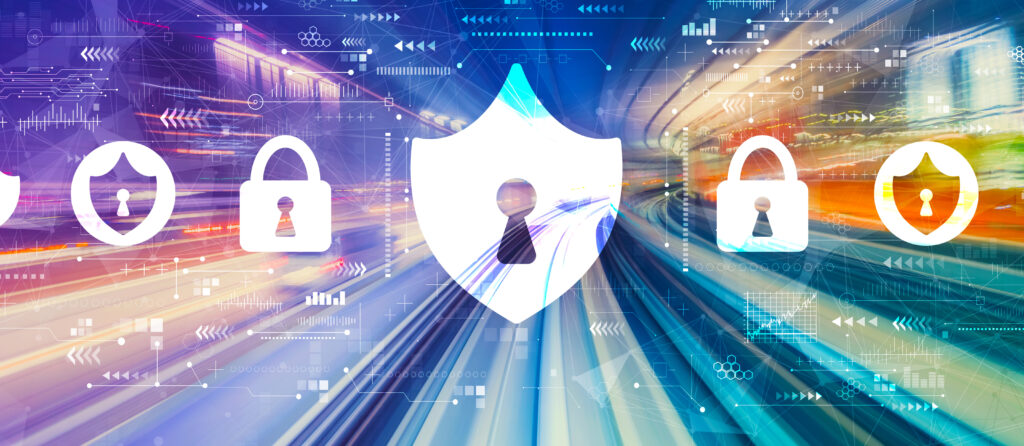Protect Yourself
As technology continues to evolve, so do the risks associated with online activities. Cybercriminals are constantly finding new ways to exploit vulnerabilities and target unsuspecting individuals, particularly those who are not computer literate, such as the elderly. Protecting yourself from online scams may seem daunting, but it doesn’t have to be. By following a few simple steps, you can significantly reduce your risk of falling victim to cybercrime. Let’s explore some practical tips to keep you safe in the digital world.

Understanding Common Cyber Risks
Before we dive into prevention strategies, it’s crucial to understand the common cyber risks you may encounter:
- Phishing Emails: These deceptive emails aim to trick you into revealing personal information by posing as legitimate organizations or individuals.
- Malware: Malicious software infects your devices, allowing cybercriminals to gain unauthorized access, steal sensitive data, or cause damage.
Now that we’ve identified these risks, let’s empower you with practical advice to avoid falling victim.
1. Create Strong and Unique Passwords
Your first line of defense is a strong password. Here’s how to create one:
- Use a combination of uppercase and lowercase letters, numbers, and special characters.
- Avoid using easily guessable information like your name, birthdate, or pet’s name.
- Consider using a passphrase that combines multiple words, making it easier to remember while remaining difficult to crack.
For example, instead of “password123,” use something like “HorseBatteryStaple123!”.
2. Protect Your Sensitive Information
Safeguarding your personal information is critical. Follow these guidelines:
- Never share personal details (such as your Social Security number, bank account information, or passwords) through email or text messages, especially if they’re unsolicited.
- Be cautious when providing personal information over the phone. Ensure you’re speaking with a trusted individual or organization before sharing sensitive data.
Remember, legitimate organizations will never ask you to share sensitive information via email or text message.
3. Keep Your Software Up-to-Date
Regularly updating your software is essential for staying protected against emerging threats. Here’s what you should do:
- Enable automatic updates for your operating system, web browsers, and other software applications.
- Update your antivirus and antimalware software frequently to detect and remove potential threats.
By keeping your software up-to-date, you ensure that you have the latest security patches to defend against known vulnerabilities.
4. Be Wary of Suspicious Emails, Links, and Attachments
Exercise caution when encountering unfamiliar emails, links, or attachments:
- Avoid clicking on links or opening attachments from unknown senders or suspicious emails.
- Look for spelling errors, grammatical mistakes, or generic greetings in emails, as these can be signs of phishing attempts.
- If an email seems suspicious, call the sender (using a trusted phone number) to verify its authenticity before taking any action.
Remember, it’s better to be safe than sorry!
5. Seek Assistance from Trusted Sources
If you’re unsure about the legitimacy of an email, website, or online offer, don’t hesitate to seek assistance:
- Reach out to a tech-savvy family member, friend, or a local computer expert for advice.
- Report suspected scams to organizations like Scamwatch or your local authorities, who can provide guidance and investigate fraudulent activities.
Conclusion: Empowering You to Stay Safe Online
Protecting yourself from online scams may seem overwhelming, but by following these practical tips, you can significantly reduce your risk. Remember to create strong passwords, safeguard your sensitive information, keep your software updated, and always be cautious of suspicious emails, links, and attachments. And, most importantly, don’t hesitate to seek assistance from trusted sources if you have any doubts or concerns.
By staying informed and implementing these strategies, you can navigate the digital landscape with confidence and enjoy the benefits of the online world while keeping scammers at bay.
Together, let’s build a safer and more secure online community!